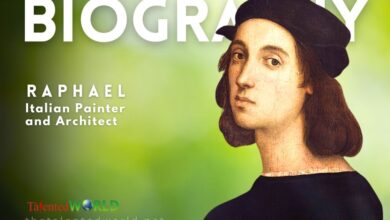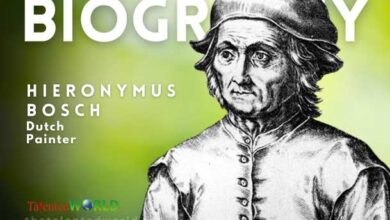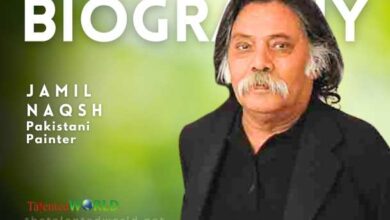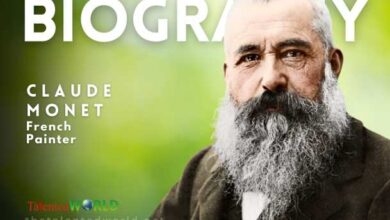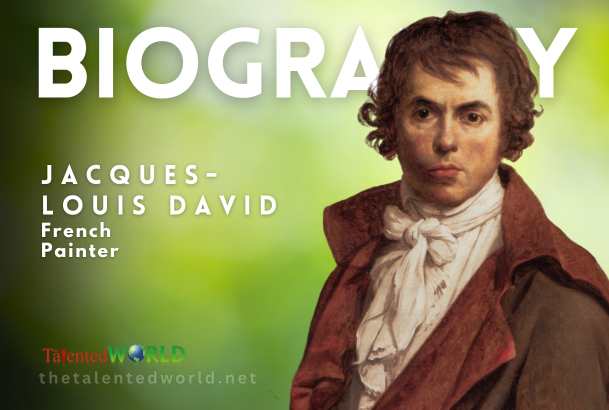
Quick Facts
| Attribute | Details |
|---|---|
| Full Name | Jacques-Louis David |
| Date of Birth | August 30, 1748 |
| Place of Birth | Paris, Kingdom of France |
| Date of Death | December 29, 1825 |
| Place of Death | Brussels, United Kingdom of the Netherlands |
| Nationality | French |
| Political Affiliation | The Mountain |
| Spouses | Marguerite Charlotte Pécoul (m. 1782; div. 1793, m. 1796) |
| Alma Mater | Collège des Quatre-Nations, University of Paris |
| Known for | “Oath of the Horatii” (1784), “The Death of Marat” (1793) |
| Awards | Prix de Rome, Commander of the Legion of Honour |
| Movement | Neoclassicism |


